Metal Bond Diamond Mounted Point

Short Description:
Metal Bond Diamond Mounted Point is a type of wheel that is firmly in matrix with a shank that is used for shaping, dressing, and grinding process. This bond material is created from the sintering of powdered metals and diamond compounds. It is suitable for grinding high chrome and tough steel. Also, these are used for precision grinding small hole jig on superalloys, sapphire, ceramics, carbide, glass, and many more. This mounted point is an abrasive tool that is built with endurance and high performance.
Features of Metal Bond Diamond Mounted Points
- Long Service Life. This metal bond-mounted point can last for a very long time compared to other grinding tools due to its high endurance and performance. This makes it very applicable to rough and fragile materials. It also boosts productivity by cutting down on dressing frequency and changes on the wheel.
- Water-Resistant. Unlike other mounting points, this tool is not susceptible to chemical attack because of its water-resistant property. This makes it very suitable for grinding fluid works.
- Excellent hardness and Wheel retention. This tool provides outstanding performance in cuts while retaining the original dimensions of the tool even during a polishing process and grinding actions including centerless, cylindrical, creep feed, deburring, and cutoff applications.
- Compatible with any materials. This metal bond diamond tool can be utilized in various materials since it is sintered with cobalt, copper, mill, silver, and many more.
- Intricate Designs. You can request complex forms. The wear rates are low and are very durable than in other types.
Detailed Description of Metal Bond Diamond Mounted Points
Metal bond diamond mounted points are produced when powdered metals or compounds containing diamond are sintered on the wheel. This results in an exceptionally strong tool that maintains shape during rigorous use. There are more things you have to know about this tool. Its range of benefits, applications, and advantages make it a more convenient and important tool in any machinery work.
Product Specifications of Metal Bond Diamond Mounted Points
Here’s a popular specification of Metal Bond Diamond Mounted Points that you can use as a reference. The mounted head has a various range of shapes, sizes, and grit levels which depends on the client’s requirements and applications. Customization can also be done.
| Product Name | Abrasive Material | Shank Material | Head Diameter | Shank Diameter | Total Length | Grit | Head shape |
| Metal bond diamond mounted points | Diamond | 45# steel | 10 mm, 20 mm, 25 mm, 30 mm, or customized | 10 mm | 70 mm | 80 | Sphere, cylinder, tapered, and needle shape |
Applications of Metal Bond Diamond Mounted Points
This grinding tool is impregnated with diamonds which means there are selected diamonds that are mixed and sintered with specific metal alloys to achieve the best cutting performance possible on any materials like sapphire, advanced ceramics, optics, glass, granites, tile, and many more. The surrounding metal bond on this diamond tool must wear away to continuously keep re-exposing the diamonds for it to continue cutting. This tool is also highly recommended for machining hard materials from 45 to 75 Rockwell scale.
Here are several applications of Metal bond diamond mounted points that are very essential in various work fields.
- This mounted point is used for various grinding processes like granite, marble, jig, internal and precision grinding of small holes in carbides, glass, ceramics, sapphire, and many of the tough, super alloy, and other hard crisp non-metal materials.
- It can also be applied for external grinding, plane grinding, and super hardness ferrite magnet grinding.
- For tool grinding, it is applied specifically on driller, reamer, broacher, etc.
- For external grinding, it is commonly applied forbearing, camshaft, crankshaft, transmission shaft, and redirector.
- For internal grinding, it is usually applied for shaft coupling, bearing, oil nozzle, derailleur, and various plane grinding.
- Materials that are processed by this tool are tungsten carbide, ceramics, glass, ferrites, powdered materials, and titanium graphite composite.
- Work fields like metalworking, cylindrical, surface, cutoff, and tool & cutter are also applicable for metal bond diamond mounted points.
- Industrial fields: core drills, hole saws, reamers, dressing disks, custom tools.
- It can be easily installed on the electric grinder, engraving machines, hanging mill, and hand electric drill.
Advantages of Using Metal Bond Diamond Mounted Point
Metal bond diamond mounted point is considered as one of the frequently used machines in the manufacturing process that requires grinding applications. This tool is highly recommendable for small hole grinding because of its slow, precise pace of material removal method which is highly demanded on these machines. Its wide variety of advantages and benefits helps in different fields of specialization. Here are some of its benefits.
- This tool works exceptionally on several surfaces like glass, refractories, ceramics, silicon, semiconductors, and quartz.
- It has low-cost maintenance and is highly durable which guarantees long service life compared to other grinding wheels.
- Suitable for tool cutting, glass grinding, ceramic grinding or form cutting, fine detail work, cutting, engraving, carving, finishing, jade grinding, and mold repair.
- It has extremely strong product holding which holds the shape well during the work process.
- It can reduce dressing frequency which makes it durable and lasts longer.
- It has the hardest matrix which is the reason why it performs best in operations under flood coolant.
- This tool is very recommendable because of its high material removal rate for operations like creep feed grinding with the help of a coolant substance.
- Metal bond tools have excellent grinding characteristics when it comes to hard alloys, ceramic materials, magnetic materials, glass materials, and many more.
How Metal Bond Diamond Mounted Point is Manufactured
There are three (3) different processes done when manufacturing metal bond diamond mounted points.
-
Cold press mode
This process involves pressing the transition layer which has no diamonds and the working layers that have diamonds to be selected on a portion of diamonds that forms the body of the grinding wheel. The segments are then interconnected to the body of the mounting point through slots or teeth. After that, the cold press mounted points are placed into sintering furnaces where they will be sintered without pressing them.
-
Semi hot press mode
This manufacturing process improves the cold press mode by complementing the sintering process. During the grinding process, there are applicable molds that are used and added to moderate pressure. However, you have to take note that any pressure applied should be lower than the amount of pressure applied in hot press mode.
-
Hot-press mode
In this process, the diamond particles are directly sintered in molds under preset pressure levels in induction units. Next is the diamond segments are affixed on the mounting point using high-frequency laser welding or mosaic methods of mechanical welding.
Tips on Using Metal Bond Diamond Mounted Points
Before you can utilize this tool, there are things you have to take in mind.
- Choosing the appropriate tooling will create a big impact on your production and will not impair the potential quality of your outcome. You have to know how a diamond tool like this works or is applied. This will prevent you from selecting the wrong tooling unintentionally.
- Generally, diamonds are set in a matrix that interacts with concrete dust produced from the grinding process. This wears down the matrix that exposed more diamonds as you grind and continue cutting the floor.
- It is very important to know the hardness of the concrete when selecting the appropriate tooling. When grinding hard concrete, you won’t be needing the same amount of dust. The dust can be very fine, unlike soft concrete. This results in a lot of dust and larger grindings.
- There are two things that may happen when you choose the wrong tooling. The first thing that can possibly happen is that the machine may run and nothing happens. Plus, the diamonds can’t be cut due to heating up and glazing over which happens more often on hard concrete. Second is the diamonds cut too much that they may wear out the tool very quickly.
- To prevent future problems with this diamond tool, find the “sweet spot” on the material which is the balance of diamond use and productivity. Find the hardness of the concrete and understand how each bond hardness works to determine the sweet spot. Pair the appropriate diamond bond with the hardness of concrete that you are working with.
- Understanding the concrete hardness will cover the “rule of thumb”. In this process, you can take note of the multiple bond types or matrix bonds which are the hard bond, medium bond, soft bond, and extra soft bond. Hard bond diamonds are applied on soft concrete. Medium bond diamonds are applied on medium concrete. Soft bond diamonds are applied on hard concrete. Lastly, extra soft bond diamonds are applied on very hard concrete.
Need more customized mounted points, feel free to contact us.
[wpforms id=”4612″]
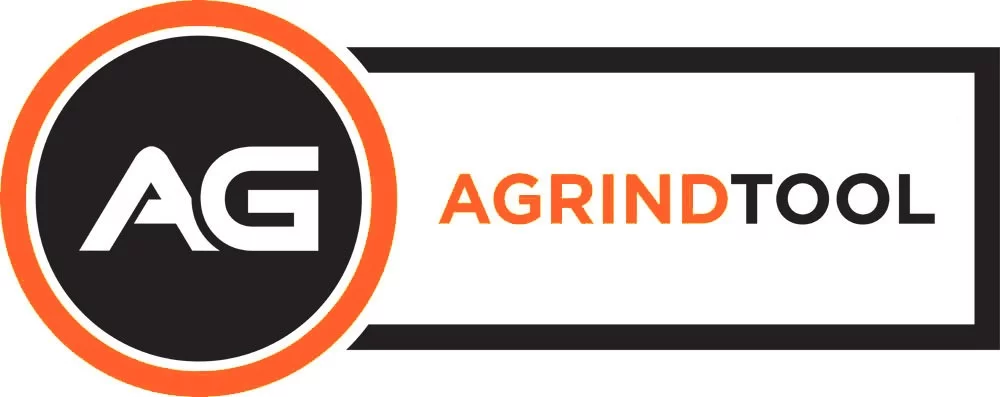
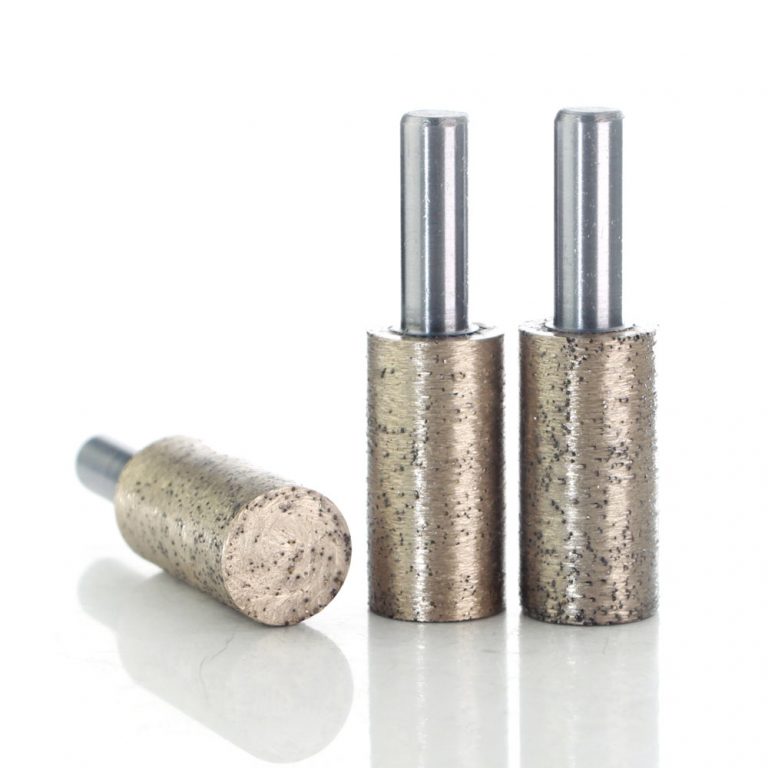

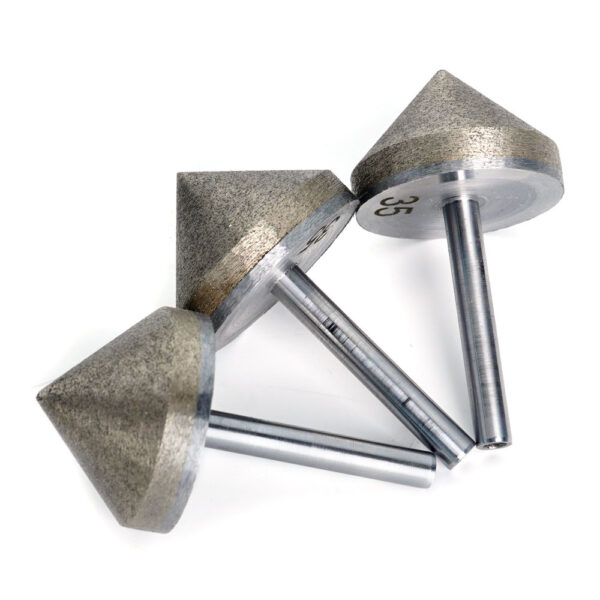
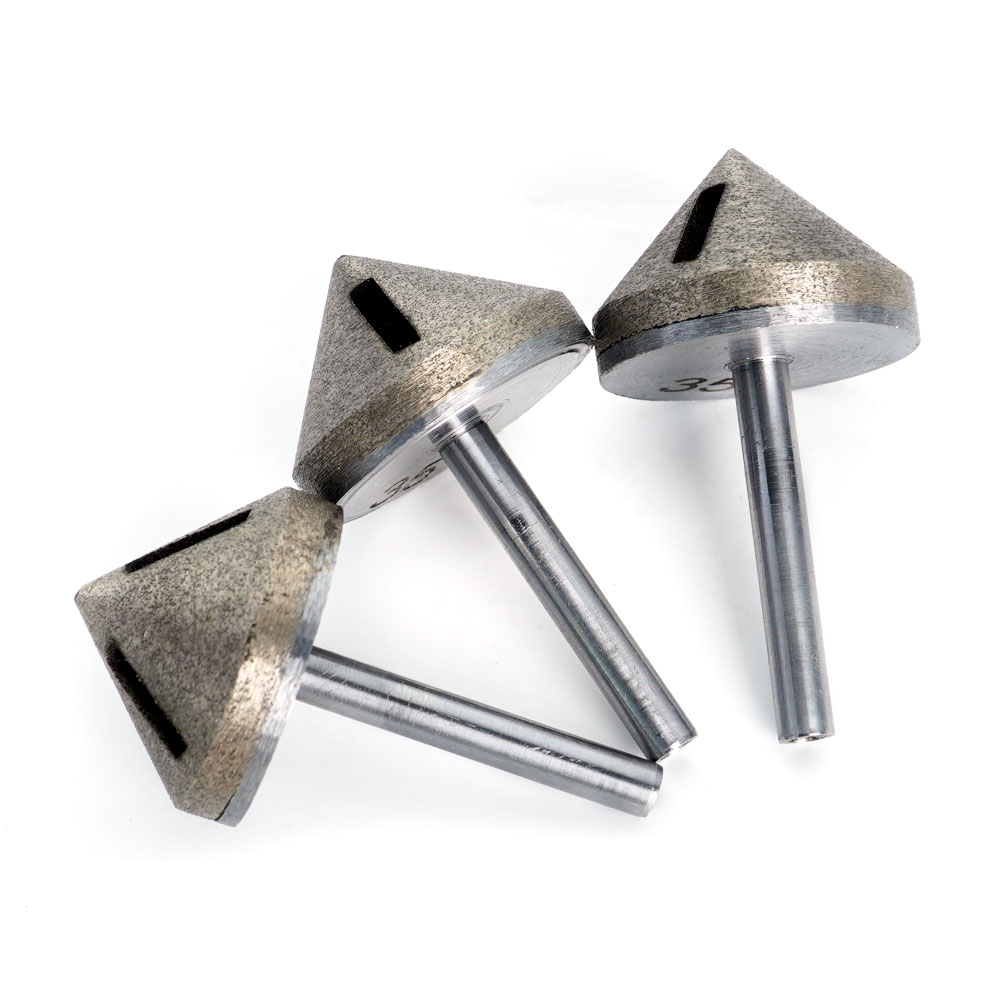

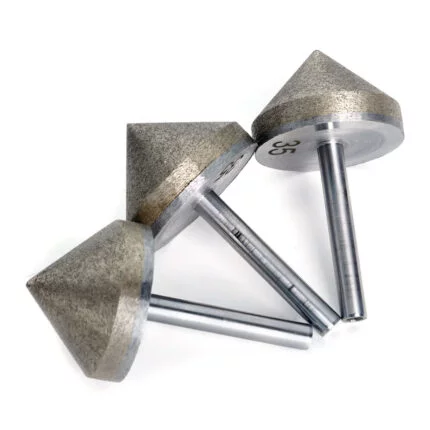




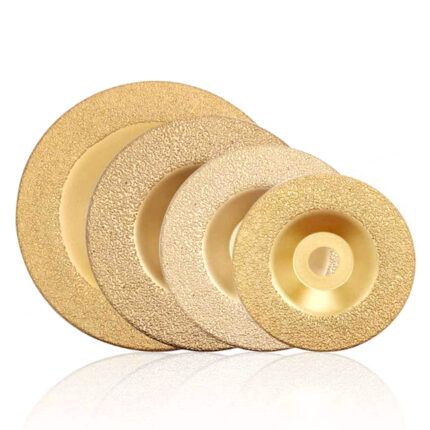
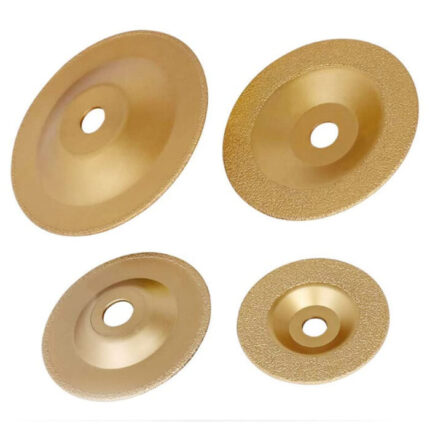

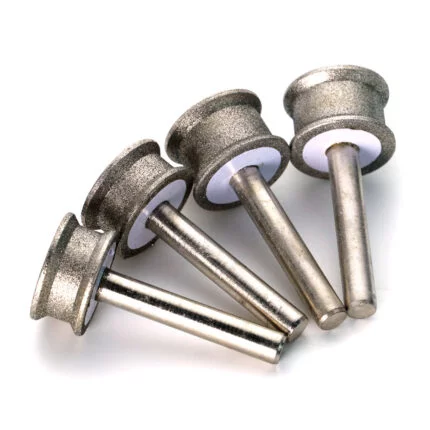
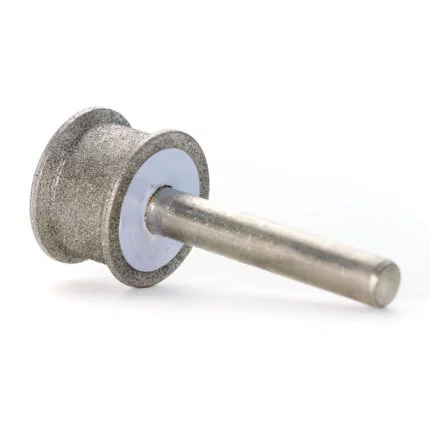



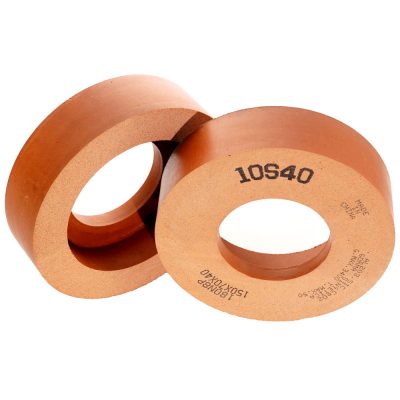
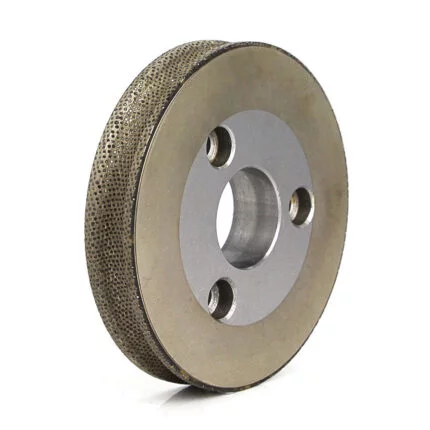
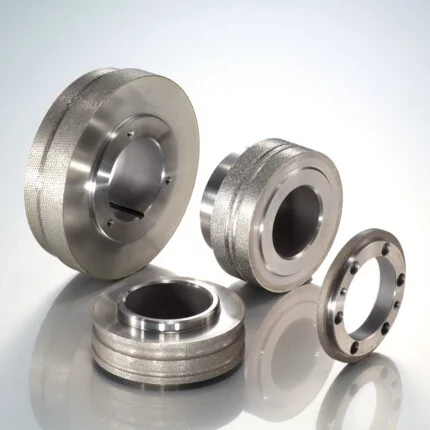

Reviews
There are no reviews yet.